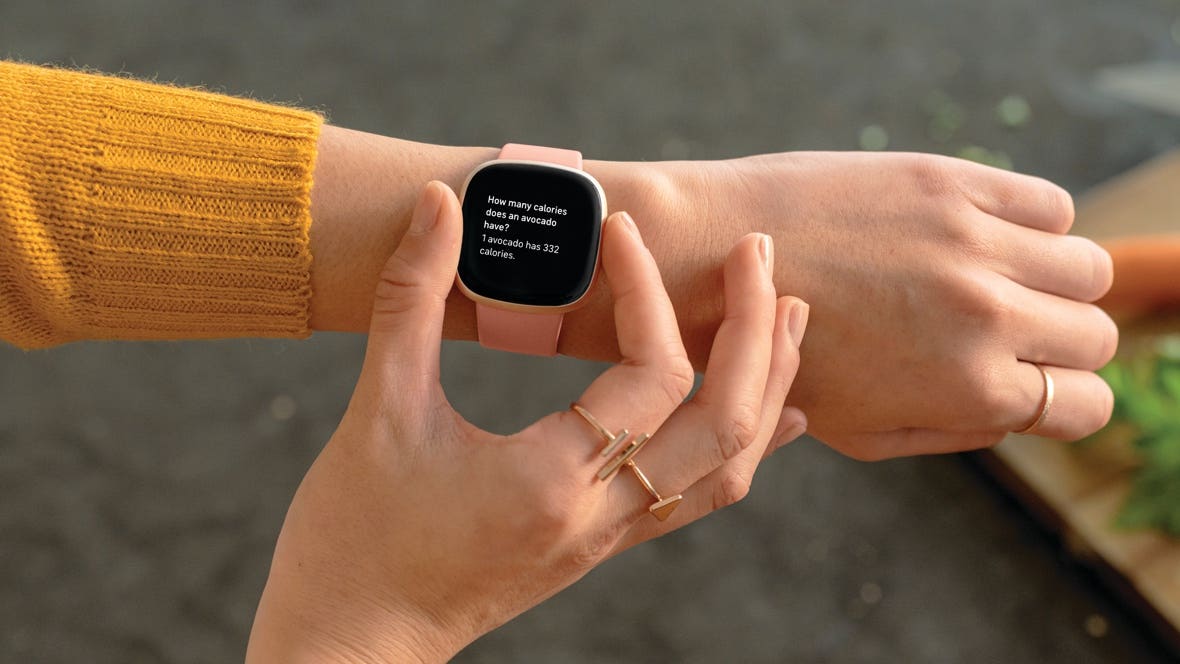How to maximize the results of your wearable health device
Research finds that people can achieve long-term health goals and establish healthy habits when coupling wearable health devices.

[Oct 2, 2022: Ashley Smith, Institute for Operations Research and the Management Sciences]
People can achieve long-term health goals and establish healthy habits. (Credit: Creative Commons)
New research in the INFORMS journal Management Science finds that people can achieve long-term health goals and establish healthy habits when coupling wearable health devices such as “Fitbits” with economic incentives.
“Economic incentives alone are a promising approach for improving health behavior, but the incentives don’t last forever, so neither do the health benefits. When the incentives stop, so do the people trying to reach their goals,” says Idris Adjerid from Virginia Tech.
“We focus on a ‘gain-loss’ incentive that offers both an economic reward for reaching a goal and a penalty for failing to meet a goal, all while utilizing a wearable health device.”
The study, “Gain-Loss Incentives and Physical Activity: The Role of Choice and Wearable Health Tools,” conducted by Adjerid alongside George Loewenstein of Carnegie Mellon University and Rachael Purta and Aaron Striegel of the University of Notre Dame, looked at individuals wearing Fitbits and how their health behavior changed. They found that gain-loss incentives can drive increases in physical activity, but they are limited by the element of choice.
Related Stories:
“We find modest and short-lived increases in physical activity for those provided the choice of utilizing gain-loss incentives,” says Loewenstein, a professor of social and decision sciences in the Dietrich College of Humanities and Social Sciences at CMU.
“Those who benefit most from these incentives are people who don’t opt into them voluntary. When people are assigned to it, we find significant and persistent increases in physical activity. These individuals recorded about 2,000 additional steps daily during the incentive period, and benefits lasted for six months after incentives ended.”
The researchers say the persistent gains to this group were driven by individuals who also utilized the wearable device’s goal-setting tool.
Study looked at individuals wearing Fitbits and how their health behavior changed. (CREDIT: Creative Commons)
“Our results suggest a multifaceted approach to motivating sustained changes in health behavior. Aggressive incentive schemes must be used that jolt individuals out of their comfort zone in the short term, but also using motivational tools built into health wearables that help individuals sustain healthy behavior after economic incentives end,” concludes Adjerid.
New INFORMS Journal Management Science Study Key Takeaways:
Economic incentives combined with motivational tools from health wearables such as “Fitbit’s” result in long-term changes to health behavior.
This combination incentive is limited by the element of choice. Those who benefit most from this do not opt into it voluntary.
People assigned to the task recorded about 2,000 additional steps daily during the incentive period, and the benefits continued for six months after the incentives ended.
For more science and technology stories check out our New Discoveries section at The Brighter Side of News.
Note: Materials provided above by Institute for Operations Research and the Management Sciences. Content may be edited for style and length.
Like these kind of feel good stories? Get the Brighter Side of News' newsletter.



